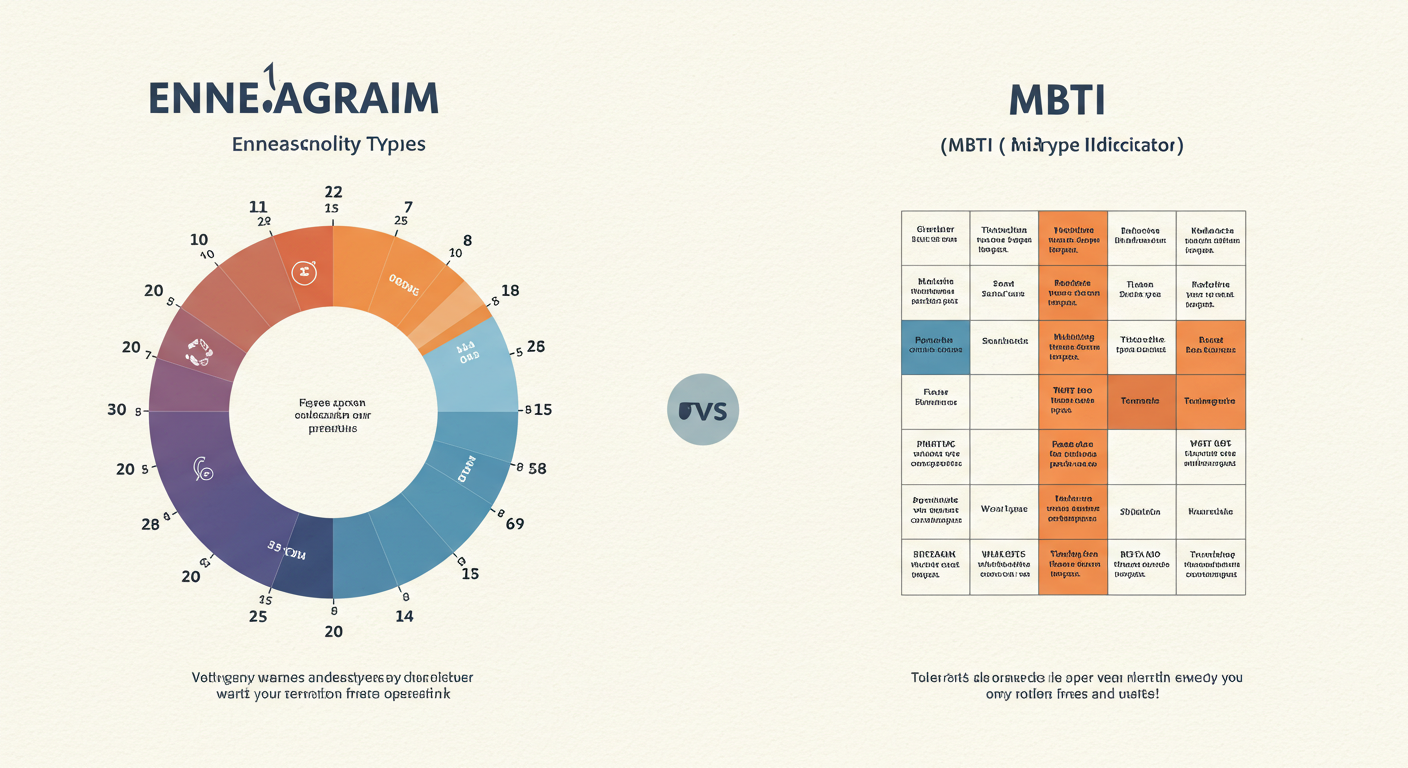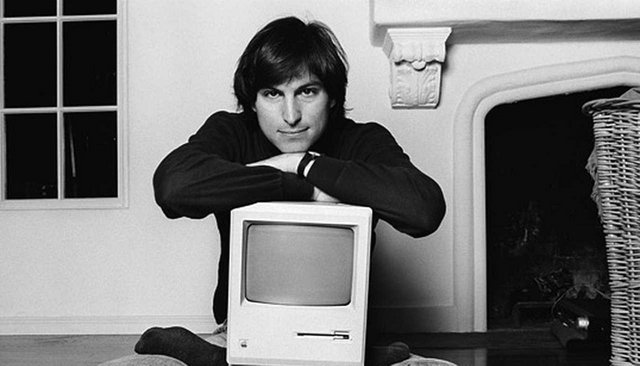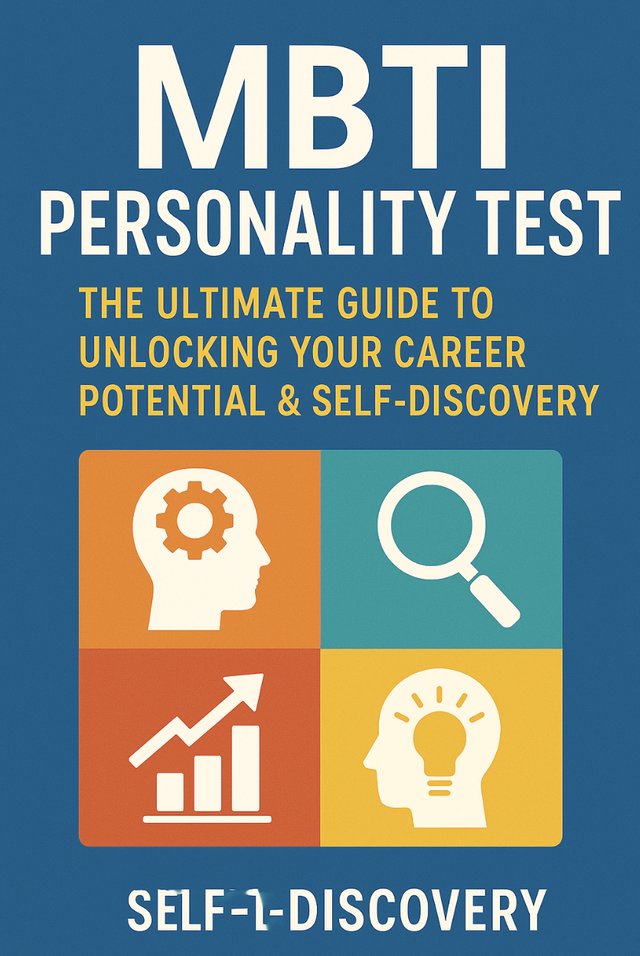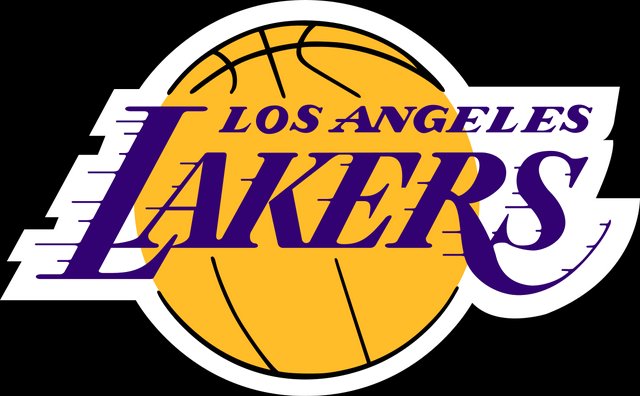Understanding the Relationship Between Enneagram and MBTI: A Comprehensive Guide

Introduction
Enneagram and MBTI (Myers-Briggs Type Indicator) are two widely used personality classification systems. While they serve different purposes, they can be effectively combined to provide deeper insights into an individual’s behavior, motivations, and growth strategies.
Key Differences Between Enneagram and MBTI
| Feature | Enneagram | MBTI |
|---|---|---|
| Core Focus | Explains why a person behaves a certain way (motivations and fears) | Explains how a person processes information and interacts with the world |
| Types | 9 personality types, with variations based on growth and stress levels | 16 personality types, based on four cognitive dimensions (E/I, S/N, T/F, J/P) |
| Application | Personal growth, Emotional Intelligence, and relationships | Career development, teamwork, and decision-making |
How Enneagram and MBTI Complement Each Other
While MBTI categorizes how a person thinks and acts, Enneagram digs deeper into core motivations and emotional triggers. By integrating both models, individuals can:
- Understand their thought process (MBTI) and emotional drivers (Enneagram).
- Identify strengths and weaknesses more holistically.
- Develop targeted self-improvement strategies based on their cognitive and emotional patterns.
Example: INFJ + Enneagram Type 4 (The Individualist)
Background
Person A is an INFJ (Introverted, Intuitive, Feeling, Judging) in MBTI and an Enneagram Type 4 (The Individualist). They are introspective, deeply emotional, and seek meaning in life. However, they often struggle with feeling misunderstood and perfectionism.
MBTI Perspective
- INFJs are long-term planners, seeking deep meaning in their actions.
- They are highly empathetic but may struggle with expressing their own emotions.
- They value harmony but can become rigid when their ideals are challenged.
Enneagram Perspective
- Type 4 individuals crave uniqueness and authenticity.
- They fear being ordinary or insignificant.
- They often dwell on emotions and may experience intense self-doubt.
Challenges and Solutions
1. Perfectionism Leading to Procrastination
- Problem: The INFJ’s planning nature, combined with Type 4’s emotional depth, may result in overthinking and delay in execution.
- Solution: Leverage MBTI’s Judging (J) trait to create structured action plans and shift focus from emotions to tangible progress.
2. Emotional Overwhelm and Isolation
- Problem: INFJs and Type 4s tend to withdraw when overwhelmed, feeling that no one truly understands them.
- Solution: Adopt strategies from Enneagram Type 2 (The Helper) by fostering meaningful relationships and shifting focus outward.
3. Idealism vs. Reality
- Problem: This combination may lead to an unrealistic pursuit of meaning, making it difficult to take practical steps.
- Solution: Learn from Enneagram Type 3 (The Achiever) by setting realistic, measurable goals and embracing “good enough” instead of perfection.
How to Use MBTI and Enneagram Together for Growth
- Use MBTI to analyze thinking and decision-making patterns.
- Use Enneagram to identify emotional motivations and fears.
- Apply strategies from complementary types to balance weaknesses.
By combining both models, individuals gain a 360-degree understanding of themselves, enabling them to make better decisions, improve relationships, and grow effectively.
Conclusion
Enneagram and MBTI are powerful when used together. MBTI helps understand cognitive functions, while Enneagram uncovers deeper motivations. By integrating both, individuals can unlock their full potential, enhance self-awareness, and navigate personal and professional challenges more effectively.




